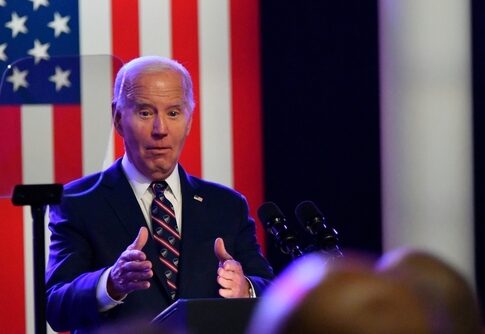Cleveland-Cliffs, one of the largest steel producers in the U.S., is considering walking away from a $500 million grant offered by the Biden administration to fund green steel production at its plant in Middletown, Ohio. This decision could deal a blow to the administration’s efforts to reduce carbon emissions from the industrial sector, particularly in steelmaking, which accounts for roughly 9% of global CO2 emissions.
The grant, part of a broader $6 billion federal initiative aimed at decarbonizing high-emission industries, is meant to help Cleveland-Cliffs transition its coal-dependent blast furnaces to hydrogen-based technologies.
Big steelmaker weighs abandoning $500M Biden climate grant https://t.co/ZIt1uYFfoF
— POLITICO Pro (@POLITICOPro) September 13, 2024
However, CEO Lourenco Goncalves has expressed concerns that even with the government’s financial support, the company would still need to cover $1.1 billion in costs to complete the $1.6 billion project. Goncalves indicated that market conditions, including a lack of consumer demand for the higher-priced "green" steel, are making the venture financially risky.
The challenge lies in finding customers willing to pay a "green premium" for environmentally friendly steel. Low-carbon steel can cost up to 40% more than standard steel, a price hike that automakers and other buyers have been reluctant to accept.
ICYMI: A big US steelmaker may abandon $500m Biden climate grant to make steel w/ fewer CO2 emissions.
Cleveland-Cliffs still negotiating grant w/ DOE, but its CEO said customers are so far unwilling to pay a premium for cleaner steel. He’s not sure chipping $1.1B makes sense. https://t.co/D7Nv5ZKhkn
— Zack Colman (@zcolman) September 16, 2024
Goncalves emphasized that Cleveland-Cliffs has already had to sell its green steel at a discount, putting the company in a vulnerable position within a market that favors cheaper, more polluting alternatives from countries like China and India, where environmental regulations are less stringent.
Despite these challenges, the Biden administration continues to back Cleveland-Cliffs and its decarbonization efforts, with Energy Secretary Jennifer Granholm praising the company’s role in leading the steel industry toward a greener future. The Department of Energy’s $500 million grant would support the installation of a hydrogen-ready direct reduction iron plant and two electric furnaces, which could reduce emissions at the facility by up to 1 million metric tons annually.
This dilemma underscores the broader struggle faced by the administration in balancing aggressive climate goals with the economic realities of transitioning the U.S. industrial sector to cleaner energy.
While the steel industry is a significant contributor to greenhouse gas emissions, the high upfront costs of new technologies and market resistance to price increases present formidable obstacles to meaningful change.


